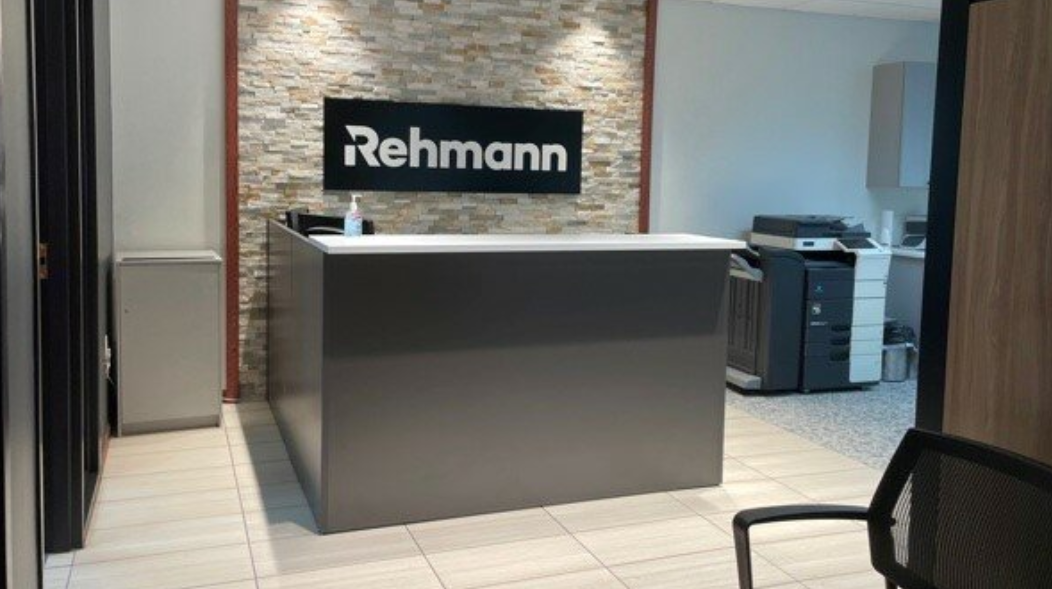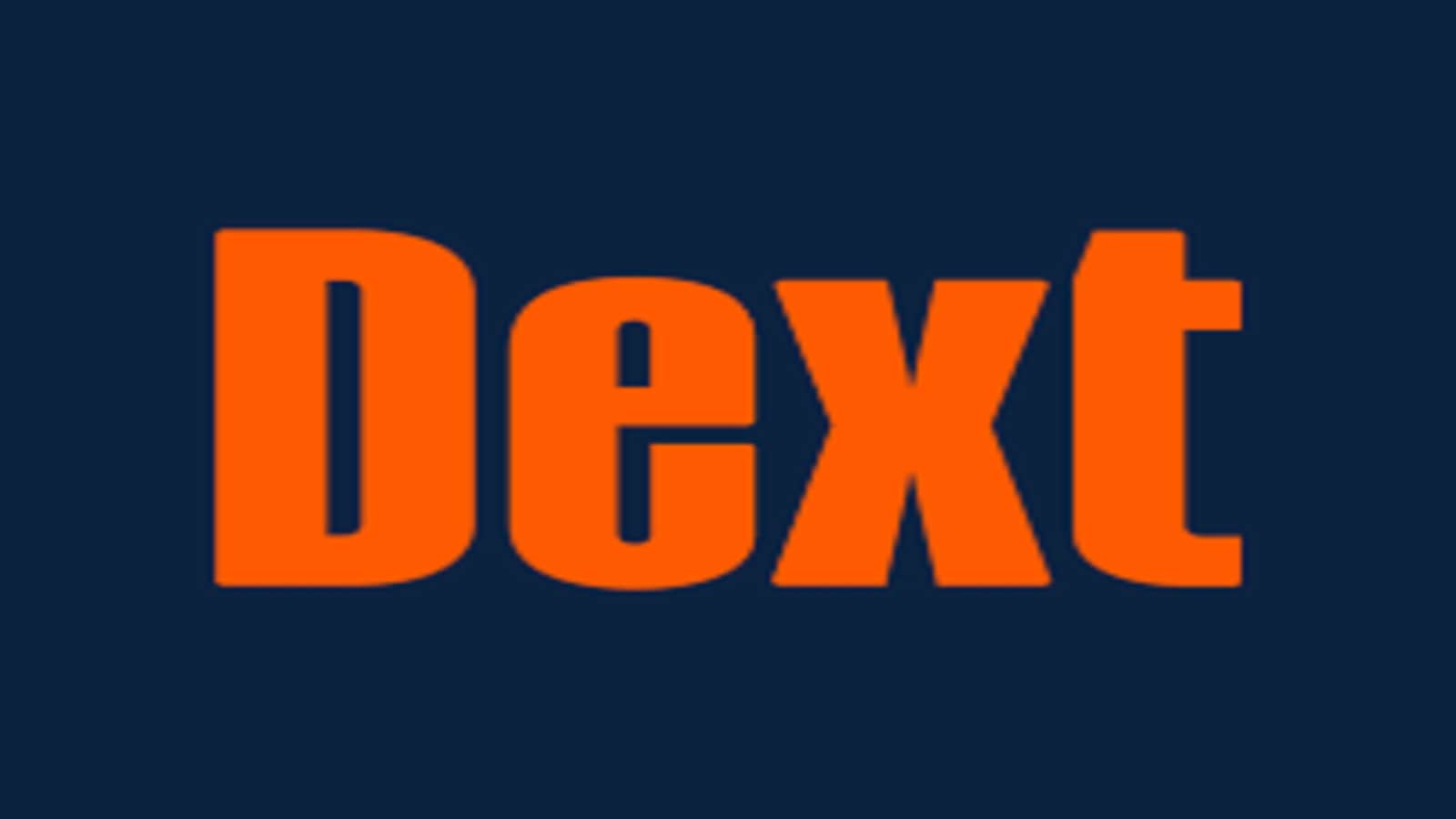In the same way that dogs resemble their owners, a person’s desk can be a reflection of how they work. Your personal workspace and workplace at large influence the way you perform your daily tasks in all sorts of ways, yet too many of us don’t consider how to set up our areas for maximum efficiency and quality of life. When where you work is actively working against you, it takes time out of your day and increases your frustration and anxiety. As such, it’s important to play an active role in creating a space that helps rather than hurts you.
There are plenty of great resources if you need to declutter in a hurry, but this article is designed to be something different than an organizational guide. (In fact, studies indicate that a certain amount of clutter can be good for some people.) Instead, I want to talk about two general concepts that apply to everyone from the most ardent neatniks to the method-to-my-madness folks. Your optimal workspace, like your personality, will ultimately be unique to you, but we could all stand to be more mindful of our spatial environments to reduce stress and create enhanced collaboration.
Personal space: Everything in its right place
In restaurant cooking, the French term “mise en place” (literally “putting in place”) refers to the act of preparing your station in order to facilitate a smooth service. If you’ve ever watched a chef assemble a bowl of ramen or pizza—quickly grabbing pre-sliced ingredients to move onto the next order—you’ve seen the value of mise en place in action. I love this idea as a way to create a functional desk area.
Ask yourself: What are the essential ingredients for me to do my job? Those are the things that you should have ready at hand at all times. If that’s a real-life object, you should have it on your desk or in a drawer. If it’s a digital app or platform, you should be able to access it quickly and directly. A screen with too many icons, windows, and tabs, is like a kitchen full of ingredients you don’t need. Take some time every week or so to regularly check your mise en place skills and you’ll never find yourself scrambling for an important tool or password at the last minute.
Another important part of “putting in place” is deciding what is extraneous to your workspace. For example, I recommend keeping a water bottle at your desk at all times, but keeping snacks and meals away from it. Why? Because if you keep food at your desk, you give yourself an excuse to never leave it. Taking regular breaks benefits your performance and well-being, so you want to build a space that encourages you to do so. This illustration is just one of the countless ways that your workspace dictates how you operate.
Shared space: Form and function
If desks and other personal spaces can be tailored to individual tastes, shared spaces should be designed to accommodate groups and provide inspiration. Whether to opt for an open plan or traditional office layout is a debate unto itself, but regardless of the overarching set-up of your office, you should consider how your true shared spaces are designed. Conference rooms, break rooms and the like are all too often put together with the bare minimum of thought. You may not even realize how poorly they meet your needs.
Take, for instance, the rectangular conference room table that is a de rigeur feature of most offices. An awesome case study from Work Design Magazine (seriously, you should read it) showed that the rectangular shape was actually counterproductive to fostering collaboration and open exchange of ideas. A rectangular table is inherently sociofugal, which means it creates a hierarchy where energy is funneled to the head of the table. A circular space, on the other hand, is sociopetal, sending focus toward the center. Changing the shape of a table, then, isn’t just a cosmetic choice, but rather a decision about how you want a room to function.
Ideally, all of the shared spaces at your workplace will be constructed with an eye toward how they’ll be used. We’ve all been in a breakroom that hardly feels like a place to relax, one full of broken chairs and boxes of who-knows-what. Factors like these may seem secondary or unnecessary, but they provide vital ancillary support to every person and activity at your workplace. Ignoring them is akin to playing a passive role in developing office culture.
Simply put, setting matters. Your workplace and workspace are the setting for your career. How they look, feel, and function will have a profound impact on how you do your job. Don’t leave their impact up to chance. Build and maintain a space you want to work in, and you’ll feel the difference in so many ways.
=======
Amy Vetter is a CPA.CITP, CGMA is an accomplished c-suite executive and board member with deep experience in cloud technology and transformation, creating go-to- market (GTM) strategies to scale businesses nationally and internationally. Amy has held multiple roles in Fortune 500, startup, small company rapid growth, and is a serial entrepreneur. She is well-versed in overseeing marketing, sales, customer programs, and education. Amy is also an active member of the AICPA IMTA Executive Committee where she leads the Technology Innovations Taskforce and is an AICPA CITP Champion.
Amy is a sought-after speaker, panelist, and authors articles for many national publications and online journals. Amy has inspired thousands using her experiential knowledge on the digital transformation journey, where she provides guidance on how to move to cloud technology, and also the change management necessary to be successful. As a cloud technology expert, Amy authored Integrative Advisory Services: Expanding Your Accounting Services Beyond the Cloud, published by Wiley, where she provides the skills needed to transform digitally to take advantage of cloud technology and create advisory services to offer business clients. She also published the book, Business, Balance, & Bliss: How the B3 Method Can Transform Your Career and Life. Amy is a veteran speaker whose TEDx Talk continues to motivate viewers to take a more human approach to business in this digital world.
Thanks for reading CPA Practice Advisor!
Subscribe Already registered? Log In
Need more information? Read the FAQs




